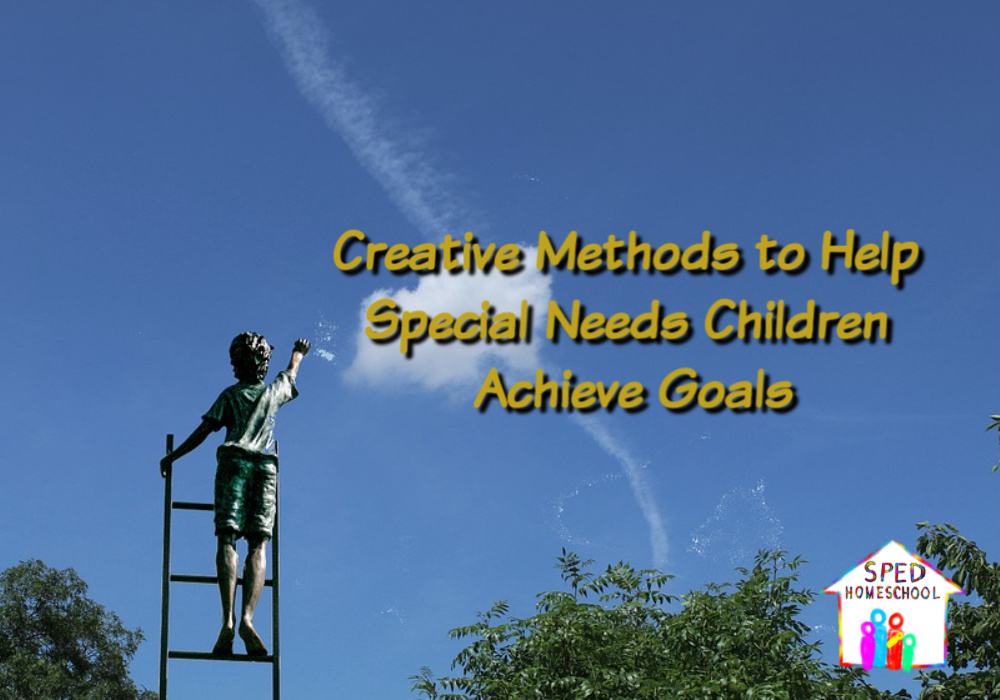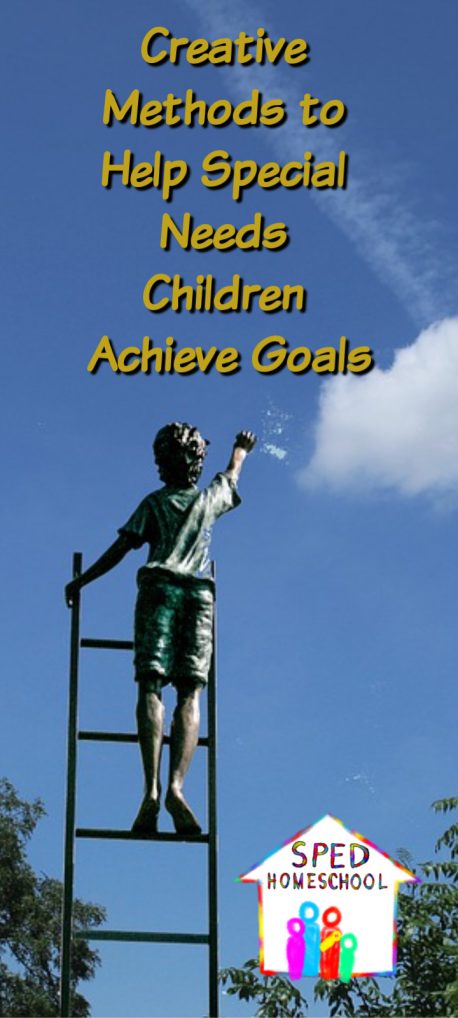
SPED Homeschool Team
The special demands that naturally occur during this time of year can make celebrating the holidays with special needs children difficult. From food to family, each event can be a minefield of potential reactions, meltdowns, and misadventures. Or, with the right perspective and a few adjustments, the holidays can be as meaningful as they are meant to be. Hear from our SPED Homeschool Team Members as they share their tips for celebrating the holidays with their special needs children.
Dawn Spence
Family and holidays can be a complicated adventure. From medical needs and allergy needs, I used to find myself apologizing for needing things a certain way. Fast forward 8 years and I realized that no apologies are needed, and I meet our family’s needs without skipping a beat. I had to allow myself to be okay with the way things were before I could expect anyone else too. I know when my daughter has had too much, and we leave guilt-free. We bring foods that meet our allergy needs and even make extra for everyone else to enjoy. Being with family can be stressful, but at the same time, it’s the perfect opportunity to relax and enjoy the life you have been given.
“Although we are very busy this time of year with all the parties and so forth, we handle it by guarding Friday night as “Family Night.”“
Cammie Arn
The holidays in our home aren’t typical. We don’t have large extended families to travel to or to visit due to either distance or death. Instead, we have created new family traditions such as making a birthday cake (both regular and gluten-free) for Jesus at Christmas or homemade Belgian waffles with homemade fruit syrup.
We participate in a “feast of nations” at church the Sunday before Thanksgiving. Some dress in modern-day clothing representing their home country and bring a dish to share. Having an international church does help with this for sure. There have been times when this was thanksgiving for us.
One really neat idea is to do Christmas around the world in December. You can learn about a different country every day, study how they celebrate Christmas, and possibly try a special Christmas treat from that country. End your study by praying for that country.
How do we handle the food for all this fun? We find out what food is being served and modify from there. At potlucks, I always bring food tailored to our family’s needs to eliminate reactions. So far so good.
Holiday chaos? Not us. Although we are very busy this time of year with all the parties and so forth, we handle it by guarding Friday night as “Family Night.” We watch a movie at home and have pizza. Pretty much no exception. We also have a “no work” rule on Sunday that helps our family decompress and prep for the next week.
Peggy Ployhar
Our family dynamics are a bit different than most, and because I am the oldest of 14 with 10 adopted siblings, we don’t often have to explain anything to our family about how to deal with atypical behaviors of our children. Recently, we spent a few days with extended family at an indoor waterpark resort in the Wisconsin Dells and at one point my youngest sister went missing. Immediately our family flew into action with various members each immediately stepping in to stake out the campus, contact security, and canvas the facility. It didn’t seem out of place at all to switch from “vacation mode” to “search and rescue” mode, and once the call came in that my sister had been found and was being returned to her room by a helpful Good Samaritan, my husband stated nonchalantly to me, “Just another vacation with the Prenosil family.”
I don’t share this story to make it seem like this episode wasn’t a critical undertaking for everyone involved, but over the past 30 years, our family has developed a culture of caring for one another where no one asks why we just respond in love and concern. We are all in this together, whether it is caring for our adopted siblings or for each other’s children who also struggle with extreme food allergies and difficult to handle diagnoses. If you are just getting started on this special needs journey I want to encourage you that over time you can develop the support team you need just like our family has, but it doesn’t happen overnight. Little by little your immediate and extended family will learn the most by following your lead, so gently show them the way. Pray for their hearts to be softened towards the circumstances that surround the needs of your child and what you feel convicted to do as their parent and teacher for the best possible outcomes for their future. In turn, they will follow, but do understand it may take many years for them to come around and be the supportive family you desire for them to be for you right now.
Celebrating the holidays with your special needs children does not have to take the magic out of the season. Careful planning, simple celebrations, and supportive family can make all the difference.
Did you benefit from this article?
Would you consider a small donation to support the on-going work of SPED Homeschool?
Click Here to Donate Today





